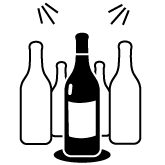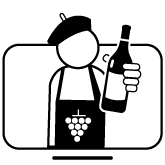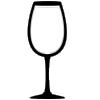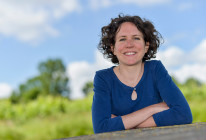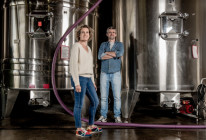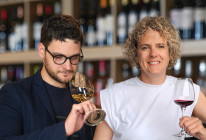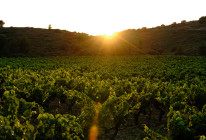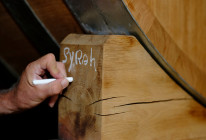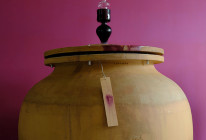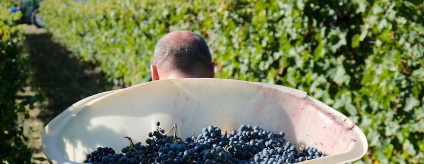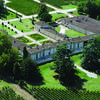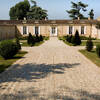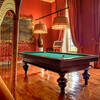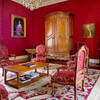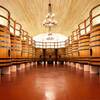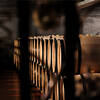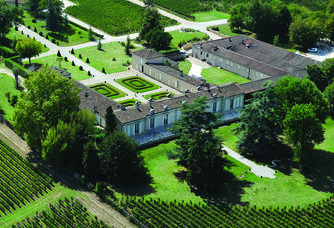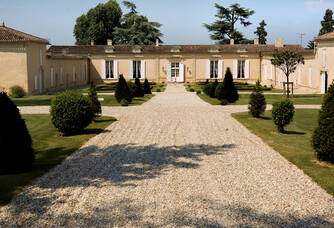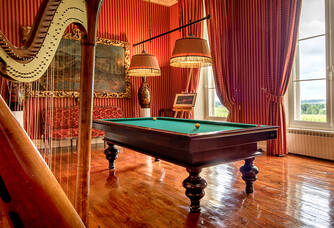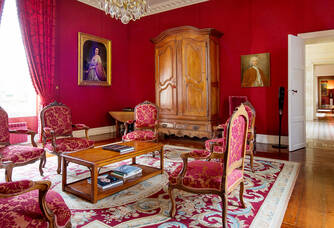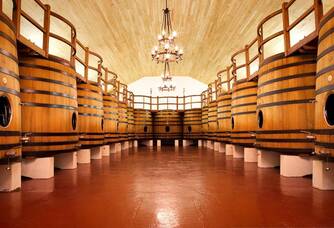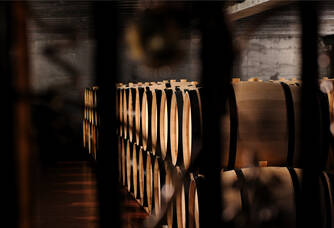Our story
CHÂTEAU FOMBRAUGE: THE LARGEST CLASSED CRU OF SAINT-EMILION With a vineyard covering 58.60 hectares, it is precisely this exceptional surface area that gives its terroir a unique character... A character in diversity. The name Fombrauge is derived from "Fons brogiera", which means "spring surrounded by heather and bushes". These springs that have made the name of this Grand Cru Classé still exist and are found in the heart of our vineyards. The history of Fombrauge is linked to 3 families, the Canolle, the Dumas, and the Taffard, and today, to express all the richness of this terroir, Bernard Magrez, owner since 1999, combines Fombrauge, ancestral know-how and precision viticulture. A sublime wine, Grand Cru Classé de Saint-Emilion, the first mentions of Fombrauge date back about six centuries. In 1466, a squire, Jacques de Canolle, declared himself Lord of Fombrauge after having acquired the property. According to historians, his family would be the descendants of Sir Robert Knolles, illustrious English captain, opponent of Du Guesclin, great Seneschal of Guyenne, who died in 1407. His grandson, Pierre de Canolle, succeeded him around 1575. A man of knowledge and a great character knighted by his duties as treasurer of France, he was received as a bourgeois from the City of Bordeaux. He quickly worked to make his land grow by planting the first vines... On the eve of the 17th century, Fombrauge was passed on by marriage to the Dumas family, who from then on were called Dumas de Fombrauge.At the end of this century, Councillor Dumas de Fombrauge, then owner and active member of the "Pépinière", a Bordeaux Physiocrat club, invested body and soul in the qualitative development of Château Fombrauge, a club created in 1760 that became a real school of application for agriculture. The wine-growing estate of the current Château Fombrauge therefore benefits from the knowledge of the talents that make it up so that its development is ensured. the specialists thus succeed one another at the bedside of the Château Fombrauge vine and put into practice the most modern techniques, often in an experimental way, in terms of vine planting, vine work, plot selection and wine-making. Their success will be exceptional. But then comes the Revolution. In 1794, Jacques Dumas' descendant was guillotined and the estate became national until 1808, when the deceased's children managed to assert their rights to the property. They finally gave Château Fombrauge to Ferdinand de Taffard, and with him, Château Fombrauge won the gold medal at the Paris Universal Exhibition in 1867. A consecration... More than a century later, in 1987, Château Fombrauge was sold to a large Danish trading house which, for 12 years, limited the marketing of Fombrauge wines to Scandinavian markets... In 1999, Bernard Magrez, a visionary entrepreneur, acquired the estate.A period of major work then began on the estate... Thus, Bernard Magrez, wishing to give Château Fombrauge back its letters of nobility, undertook the restructuring of the vineyard, the total renovation of the cellars, the improvement of the qualities of welcome and reception, the restoration and development of the chartreuse, as well as the reconstruction of the gardens.Finally, in September 2012, Château Fombrauge reached the top of the Saint Emilion hierarchy, integrating the very closed list of Grand Cru Classés de Saint Emilion, thus crowning the work undertaken and restoring Château Fombrauge to its former glory.
